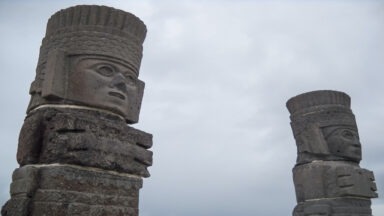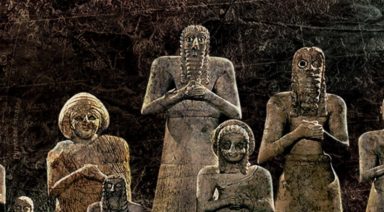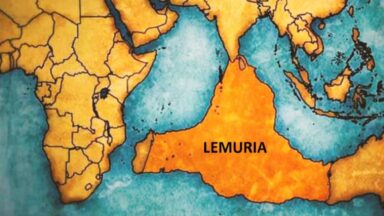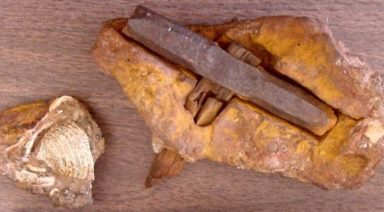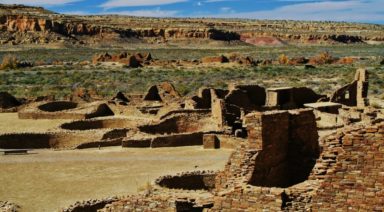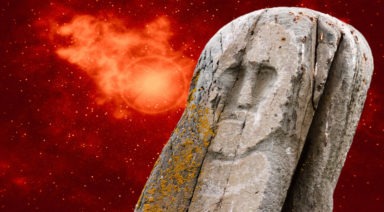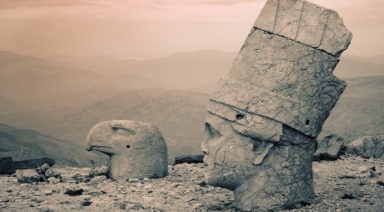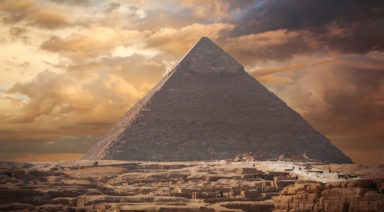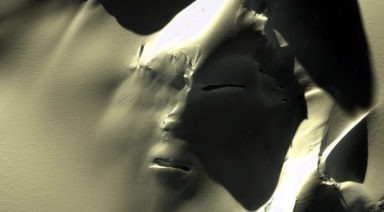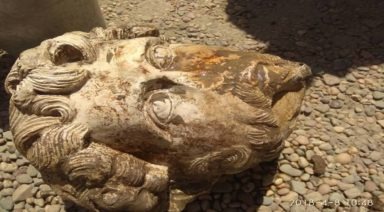Researchers Find Ancient Mayan Megalopolis in Guatemalan Jungle

A new discovery has uncovered an ancient Mayan megalopolis previously buried under thick jungle in northern Guatemala. Using LiDAR technology to digitally remove the tree canopy, scientists uncovered thousands of ruins that belonged to the ancient civilization, proving it was much more advanced than previously thought.
In a recent report by National Geographic, a team of scientists used a technology called LiDAR to scan 800 square miles of jungle. LiDAR, an acronym for light detection and ranging, bounces lasers off physical surfaces and measures their return times in order to create a topographical 3-D survey.
This technology lets scientists remove certain features that may be obstructing their view from above, allowing them to see features that may have been covered by brush or were buried in the jungle. Some have compared this to the recent technology of augmented reality.

nationalgeographic.com
The team found roughly 60,000 houses and palaces, connected by elevated highways and an intricate infrastructure. Carefully planned irrigation and aqueducts were also found, proving that our preconceived notions of ancient Mayan technology had underestimated how advanced they truly were.
According to Marcello Canuto, an archeologist from Tulane University who worked on the project, “This was a civilization that was literally moving mountains.”
Canuto said this will change our perception of how major civilizations once formed. In the past, it was thought that the tropics were a place where ancient civilizations couldn’t flourish, but now he says he thinks they may have been the epicenter from which they spread.
The Mayan civilization was originally believed to be home to around 5 million citizens, covering an area roughly twice the size of medieval England. But this discovery shows that the civilization’s population was likely two or three times larger than previously imagined.
In videos posted by National Geographic, researcher Albert Lin can be seen trekking through the jungle, using an app on a tablet to see LiDAR imaging of ruins right in front of him that he otherwise would have walked past.
The team worked in conjunction with the PACUNAM foundation, a conservational group that works to restore and protect Mayan environmental and cultural heritages in Guatemala.
One of the finds that the team made was of a large pyramid in the center of the famous, ancient Mayan city of Tikal. Their discoveries have already revealed new characteristics about the civilization, such as its extensive defenses and barricades, implying the frequency of large-scale wars.
The team has only mapped about a tenth of what the LiDAR data has uncovered, leading them to believe it may take decades to fully examine all of their new discoveries. It seems we will learn much more about this ancient culture than we previously imagined, changing archeological paradigms of what was once believed to be a more primitive society.
The Epic Showdown Between Atlantis and Lemuria

Since Plato first mentioned the existence of an ancient land that once served as the hub of a great civilization, people have been intrigued by Atlantis—an alleged civilization of advanced people who descended from the stars.
Through the centuries, researchers have not only been driven to find where Atlantis once existed, but also its connection to unseen forces, distant civilizations, and a seat of wisdom now buried beneath the ocean. Thanks to the memories of Matias De Stefano, an indigo child who remembers his past life in the Atlantean colony of Khem, we can take an even closer look at this lost civilization.
Matias reveals the real nature of Atlantis and its historical connection with the Mu people, a species whom he refers to as the Alithir. This civilization has also been referred to in history as the Lemurian civilization. Lemuria has been thought to be a lost continent of the Pacific that was once an exotic paradise. Lemuria is front and center in an epic confrontation with the ancient empire of Atlantis across the globe, having left a lingering impression upon our modern world, and even influencing the way we live today.
Approximately 50,000 years ago the Alithir, also called the Angels of the Sea, made their home in the Pacific, where billions of years ago, the moon crashed into the Earth, creating the massive crater. The crash opened a powerful portal on the planet and attracted otherworldly beings to settle on Earth.. That territory was within the area that triangulates Hawaii to the north, New Zealand to the west, and Easter Island to the east. From there, the Alithir settled four main portals in North America, South America, Australia, and Asia, where the four largest deserts on earth existed.
Matias says the main preoccupation of the Alithir was to work with our planet’s water to connect the vibrations of Earth and all beings as one consciousness. As more civilizations came through the portals, they set out to rule with different agendas. Early on, the Sirius people arrived to organize the Kundalini energy of the planet and raise the vibrations of all beings.



